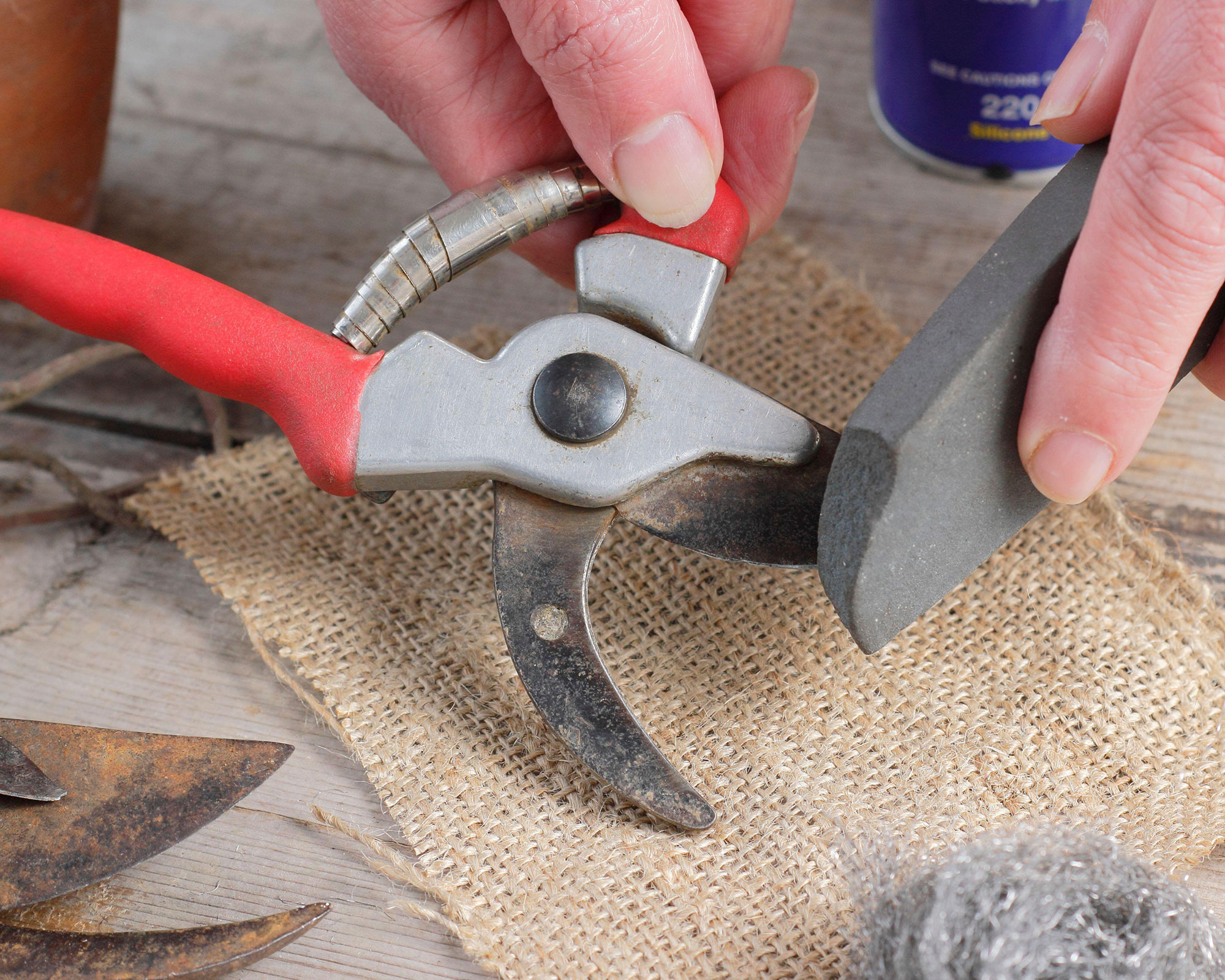Introduction
Garden shears are essential tools for maintaining a healthy and beautiful garden. Over time, dirt, sap, and rust can accumulate on your shears, reducing their efficiency and lifespan. Cleaning garden shears regularly is crucial not only to keep them sharp but also to prevent disease spread among plants. This article explores expert techniques and practical tips to clean your garden shears effectively, ensuring they perform at their best season after season.
Why Cleaning Garden Shears Matters
Dirty or rusty shears can cause uneven cuts, damage plants, and become a breeding ground for plant pathogens. Regular cleaning helps maintain blade sharpness, prevents corrosion, and reduces the risk of transferring diseases between plants. Experts recommend cleaning shears after every use, especially when pruning diseased or infected branches.
The Risks of Neglecting Shear Maintenance
- Blunt blades: Dirt and sap buildup dull the cutting edge.
- Rust formation: Moisture and organic debris cause corrosion.
- Disease transmission: Pathogens cling to dirty blades, spreading infections.
Maintaining clean shears promotes healthier plants and prolongs your tool’s life.
Step-by-Step Guide to Cleaning Garden Shears
Follow these expert steps to clean your garden shears thoroughly:
- Disassemble the shears (if possible) to access all parts.
- Remove debris: Use a stiff brush or cloth to wipe away dirt and plant sap.
- Soak blades in warm, soapy water for 10-15 minutes to loosen stubborn debris.
- Scrub blades gently with a soft brush or steel wool to remove remaining residue.
- Disinfect blades using a 70% isopropyl alcohol solution or a 10% bleach solution to kill bacteria and fungi.
- Rinse and dry thoroughly to prevent rust.
- Sharpen blades if necessary for clean, precise cuts.
- Lubricate pivot points and blades with light machine oil to ensure smooth operation.
Best Cleaning Materials and Tools
Using the right materials improves cleaning efficiency and protects your tools:
- Soft cloths and brushes: For gentle abrasion without damaging blades.
- Steel wool or fine sandpaper: To remove rust spots carefully.
- Mild detergents: To clean dirt without harming metal.
- Disinfectants: Alcohol or diluted bleach solutions recommended by horticulture experts.
- Sharpening tools: Sharpening stones or diamond files designed for garden tools.
Expert Tips for Maintaining Clean Shears
- Clean shears immediately after use to prevent sap from hardening.
- Store shears in a dry place to minimize rust.
- Apply a light coat of oil after cleaning to protect metal surfaces.
- Inspect blades regularly for nicks and damage.
- Use separate shears for diseased plants to reduce cross-contamination.
How Often Should You Clean Garden Shears?
The frequency depends on usage intensity:
- For regular gardeners, clean shears after every use.
- For occasional use, clean thoroughly at the start and end of the gardening season.
- Always disinfect after pruning diseased or infected plants.
Conclusion
Keeping your garden shears clean is a simple yet powerful way to enhance their performance and extend their lifespan. Regular cleaning prevents rust, maintains sharpness, and protects your plants from disease transmission. By following the expert steps and tips outlined here, you can ensure your garden shears remain reliable and efficient tools in your gardening toolkit. Make cleaning a routine habit, and enjoy the benefits of healthier plants and a well-maintained garden all year round.
